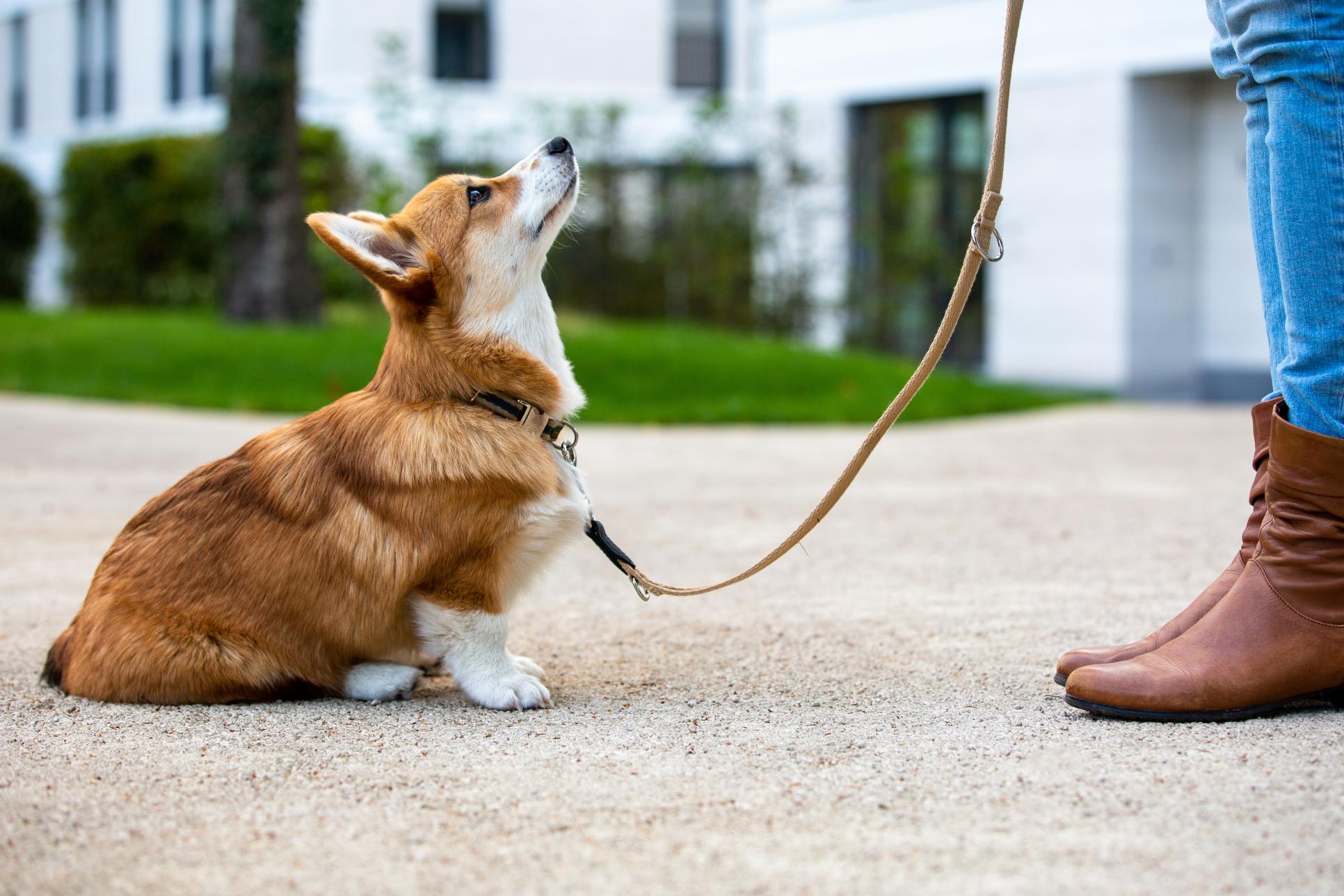Tips on Basic Training and Obedience

Training a pet is an important element of overall health and safety for animals, and the reasons for training go far beyond housebreaking. Basic training and obedience is connected to a longer, happier life together.
A Look at Hierarchy
Training is a valuable component of responsible pet ownership, and gives a pet the tools they need to interact safely with other animals, people, and environments.
It is essential to communicate rank to a pet before and during training. They must look to their owner as the boss, instead of the other way around. Communicating your role isn’t achieved by intimidation or fear. It’s a process that takes time to develop, and is built on mutual respect and understanding. Sound cues, physical gestures, and body language will help establish and maintain important boundaries necessarily for successful, effective training.
Leader of the Pack
A clear, consistent order in your home’s social group can prevent or reduce chaos. Any change to a pet’s social group, like a move, new individual, or someone leaving, can create a need for re-organization. Pet owners must exude confidence with body language, eye contact, and control over what their pets value, such as treats, food, toys, and favorite activities.
Make It Fun
The key to training is to keep it fun. As they want to please their favorite people, pets will learn better if the tension and pressure is low. Sessions should be short, meaningful and highly rewarding. High-value treats can really motivate good behavior, but clickers, praise, and physical affection are equally important for good results.
Positive reinforcement training works by immediately rewarding behaviors you want repeated and ignoring ones you don’t. Reacting to an unwanted behavior can inadvertently reinforce it, so it’s best to stay neutral and redirect them towards behaviors you do want.
Basic Pet Training
The fundamentals of dog training include the following commands:
- Sit
- Stay
- Heel
- Down
- Come
- Off
- Leave it
- Drop it
Tips for Success
Be sure to keep up with your pet’s exercise needs. This will help keep them calm and relaxed for training sessions.
Provide a consistent, predictable approach to new skills. The more they can anticipate what’s about to unfold, the more open they will be to receiving and integrating information. Give directions clearly, and repeat what you want them to do with enthusiasm, patience, and compassion. Remember, they are trying to meet you where you are and every pet develops an understanding at a different rate.
How to Train a Pet
Please call us at (614) 305-2085 with any questions about your pet’s lifestyle, behavior, and wellness. Our team is always here for you at All Critters Veterinary Hospital.
